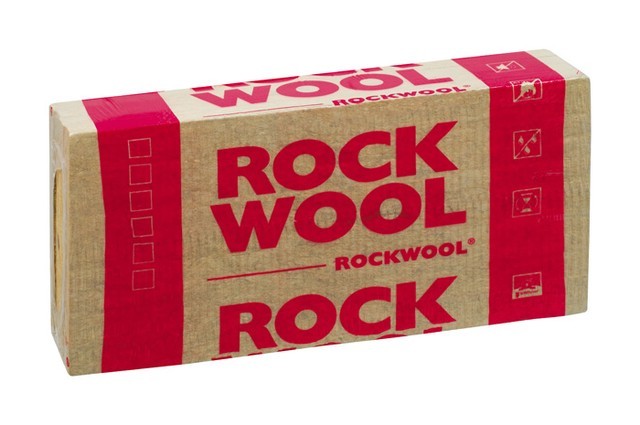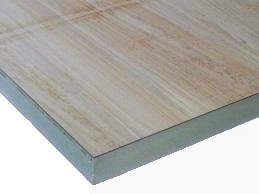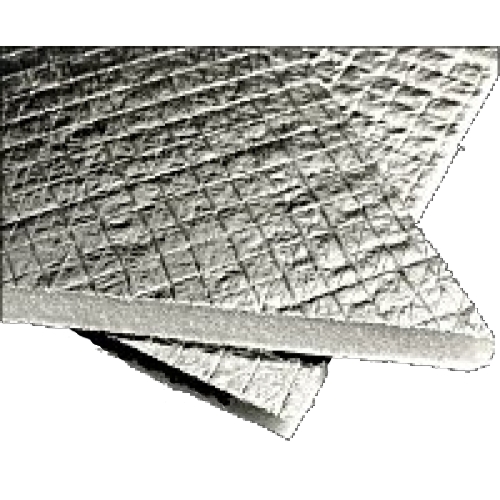Understanding Different Types of Insulation
by Mark Row
Which One to Go For?
Proper insulation has become a very common thing nowadays, if not a necessity for number of reasons. More and more people decide to increase the quality of everyday life and save some money this way. This is why the question we ask ourselves is no longer should we insulate, but how to insulate, that is which insulation type to go for. Whether it is blanket, batt or rigid insulation, each kind has it pros and cons which are important to get to know prior to commencing the job itself. We believe that understanding different types of insulation can help you decide which one is actually best for you.
Now, before listing some of the most common types of insulation, you need to know that though each type is pretty versatile, meaning that it has more than one application, there are a few criteria to take into account when choosing the right product. Namely, it will depend on various factors, since some types are usually more suitable for certain applications than others. These are certain things that should be on your check list.
- the area being insulated, its size and accessibility
Namely, it is not all the same weather you are insulating your attic, walls, floor or roof, nor whether you are dealing with a spacious area that is easily accessible or not, since some products are easily fit into crawl, small spaces while others are more suitable for opened and wide ones.
- R value of the insulation material
Always check the materials R value, not only because it measures how effective the insulation is, but also because you’ll also need to consult applicable regulation and make the choice accordingly.
- the climate
Again, certain materials are more suitable for hotter climates (bulk insulation), while others are a better choice for colder ones (reflective insulation).
- environmental and health impact.
Most of you are probably aware of the fact that the insulation manufacturing and installation process can have certain (negative) impacts on the environment but also our health, so make your choices wisely and rather go for materials that our less harmful in both ways.
- insulation material and installation price.
Note that some products are usually less expensive than others, but this does not necessarily makes them more cost efficient, since you can often compensate some products high price with its effectiveness and durability.
Basic Insulation Types
Now. let’s talk about some basic insulation types and their applications.
 Probably the most commonly used insulation, especially because it does not require professional assistance, is blanket insulation, available as rolls and batts. They are usually made from mineral fibres, in the form of rock wool or fibreglass. They are easily cut into shape, whenever certain adjustments are needed, like the ones when insulating corners, around walls and doors or pipes and wires. It can be used for floors, ceilings, unfinished and foundations walls. Although less expensive, these materials need to be carefully installed, that is placed tightly around studs, joints and rafters, since gaps and holes in the material can affect its functionality.
Probably the most commonly used insulation, especially because it does not require professional assistance, is blanket insulation, available as rolls and batts. They are usually made from mineral fibres, in the form of rock wool or fibreglass. They are easily cut into shape, whenever certain adjustments are needed, like the ones when insulating corners, around walls and doors or pipes and wires. It can be used for floors, ceilings, unfinished and foundations walls. Although less expensive, these materials need to be carefully installed, that is placed tightly around studs, joints and rafters, since gaps and holes in the material can affect its functionality.
Moving on to blown-in loose-fill insulation which includes rock wool, fiberglass and cellulose insulation, but now in the form of loose fibres that are blow-into the spaces being insulated, using special equipment, why they are usually installed by professionals. Bearing in mind that they can be added to even most inaccessible spaces, they are commonly used for filling wall cavities, unfinished attic floors, around obstacles and other small and crawl spaces. Though they can probably provide fuller coverage than blanket insulation, they are more costly and can lose its effectiveness in time due to settling of the material.
 Rigid insulation can often be seen in foundations, flat roofs and walls. It includes rigid boards made as (expanded and extruded) polystyrene, polyurethane (PUR) and polyisocyanurate (PIR) boards, which are very lightweight but have high R values and are easily installed. They are usually available with an aluminium foil covering, in order of improving their thermal performance.
Rigid insulation can often be seen in foundations, flat roofs and walls. It includes rigid boards made as (expanded and extruded) polystyrene, polyurethane (PUR) and polyisocyanurate (PIR) boards, which are very lightweight but have high R values and are easily installed. They are usually available with an aluminium foil covering, in order of improving their thermal performance.
Foam insulation is another option. It is mixed and sprayed into place (usually unfinished walls and cavities) and then it simply expands and fills up the space. Just like blown-in insulation, it is especially applicable to small, not so accessible areas since it can be easily injected through small, drilled holes (in walls, for example). It is available as an opened and closed-cell insulation, differing in R values (closed-cell foam usually has greater R value) and the fact that opened-cell foam allows the water vapour to move more freely through the material than within the closed-cell foam.

Finally, radiant barriers have high reflectance and low emittance, used to reduce the heat transfer, in both directions, meaning that they can be evenly effective in both summer time when they reduce radiant heat gain and during the winter when they reduce heat loss. They are usually installed in attic spaces on top of existing insulation, facing up. Unlike traditional insulation materials, they reflect the heat instead of absorbing it, but it cannot reduce heat conduction.
Feel free to share your opinion or post questions in the comments section below.




































































































